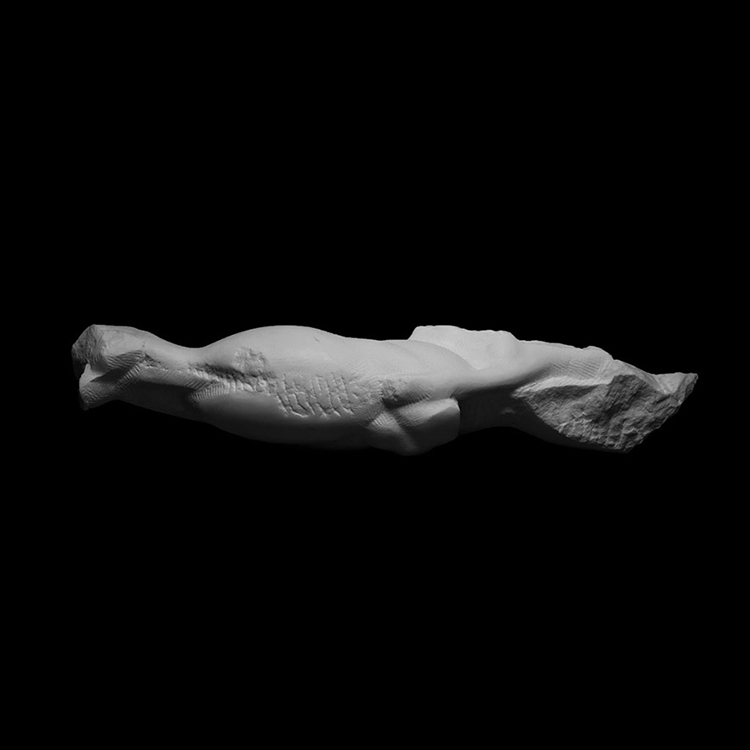Stone Talk
by Athar Jaber | 26 November 2023
Recently, a former student reached out to me seeking guidance on considering a collaboration with a gallery that had approached them. The key, in my opinion, lies in finding a balance between a comprehensive written agreement and personal intuition. While gut feeling is subjective, the terms outlined in the agreement are more objective. Given this, I wanted to share my insights and experiences on this topic with you.
Q&A
Question: “I’ve been contacted by an international gallery for a collaboration. We’ve scheduled a meeting for next week, and I was wondering if you could provide any advice or suggest questions that I shouldn’t overlook when discussing the collaboration with them?”
Disclaimer: I am not an attorney and do not provide legal advice. If you require legal counsel, please consult with an attorney. Now, let’s proceed with the discussion.
First and foremost, don’t rely only on verbal agreements only, they can lead to misunderstandings. It’s better to document the terms of your arrangement in a written agreement. This is crucial to avoid potential conflicts in the future.
Avoid using generic template contracts found online, as they may not cover specific details of your unique situation. Each opportunity should be evaluated individually, and contracts should be crafted accordingly.
A written agreement should at least cover the following points:
1. Duration and Scope of Representation:
Define how long the gallery will represent you and specify the geographic and online regions covered. I suggest you start with a limited arrangement and gradually expand if the relationship proves successful.
2. Impact on Online Activities:
Clarify how the gallery’s representation affects your online activities, including the ability to sell art online and the modifications required on your website and social media.
3. Autonomy in Art Sales:
Define your autonomy in selling art independently, whether through your website, studio, or other galleries. Determine if the gallery receives a commission on outside sales.
4. Pricing and Payments:
Determine the retail prices and the percentage split between artist and gallery in case of a sale. In general, galleries may expect a share that ranges between 30% and 50% of the retail price. Define the terms for an eventual price reduction for specific clients and how the reduction is split. Usually, it’s 10% for recurring and important collectors and 20% for museums.
Specify the payment procedures and deadlines.
5. Record-Keeping and Reporting:
Describe how the gallery will keep records of sales, report sales activity, and provide accounting. You should expect regular updates and a comprehensive final report.
6. Financial Safeguards:
Include clauses to protect your art and proceeds in case of the gallery’s financial issues. Ensure that your art and earnings are exempt from claims by any creditors in the event of gallery closure.
In case of a show or representation in an event such as an art fair, the following points should be discussed and recorded in the agreement:
1. Consignment agreement:
When consigning artworks to the gallery, make sure that each piece is fully documented with descriptions, dimensions, medium, and images and specify the period during which the gallery will have possession of the artwork.
2. Insurance of Artwork:
Determine who is responsible for ensuring the artwork, both while on the gallery’s premises and during transit and establish a clear procedure in case of damage. In general, the gallery should cover all these expenses.
3. Expenses and Responsibilities:
Define who bears the expenses associated with the show, such as transport, insurance, display, communication and promotion, refreshments and any incidental costs. In general, the gallery should cover all these expenses.
4. Gallery’s Role in Show Preparation:
Discuss whether the gallery or both parties will determine the look and layout of the show. Understand the responsibilities for organizing, hanging, and displaying the artworks.
5. Escape Clauses for Termination:
I’d strongly recommend including an escape clause in the agreement or contract. For example, if nothing sells after a certain period – say six months – or the arrangement simply isn’t working out for other reasons, either party has the right to terminate the relationship by giving a 30 days written notice to the other.
Finally, be cautious when agreeing to terms from galleries. Understand the risks involved, and if uncomfortable, seek the advice of a lawyer or consider waiting for a more favorable arrangement. Be aware of potential risks and losses associated with agreements that may not cover all desired aspects. It’s important to be comfortable with the terms before moving forward with a gallery or venue.
Q&A
Do you have specific question around sculpture and stone carving? Submit your question here below and I’ll do my best to answer it in one of the next Stone Talk Newsletters.
I hope this was helpful.
Until next week,
Athar
Join the talk
On Sundays, at irregular intervals, I send out Stone Talk, a newsletter where you’ll find tips and recommendations on things I believe are worth watching, listening, reading, visiting or exploring. All related to (stone) sculpture and stone carving.
The newsletter is also a great way to stay updated with my artistic activities such as exhibitions, new works, limited editions, publications, as well as my educational activities such as courses, workshops, lectures, tutorials and much more.
If you wish to subscribe to Stone Talk, please fill in the form.
































